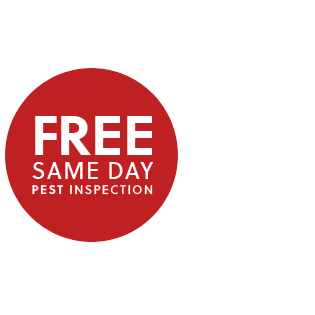Five attractors that help termites fall in love with your home
No day represents the power of attraction better than Valentine’s Day. Wine, chocolates, a nice dinner, and flowers all speak the language of love. For termites, the language of love is spoken with wood.
Termites are aggressive, relentless pests that feast around the clock on the wood in your home. Even when your house is built with brick or vinyl, termites can bypass its exterior to enter and feed on ceilings, floors, cabinets, furniture – even cardboard boxes or canvases.
Over the years, the Clark Man has seen many California homes fall prey to damage caused by destructive subterranean and drywood termites. How much can this damage run the average homeowner? How does $3,000 sound?
During that time, the Clark Man has also noticed that some people, while in the process of doing home improvement or maintenance projects, can create conditions inadvertently that will attract termites to their properties.
Signs of termite attraction
- Firewood and woodpiles: Many people keep firewood stacked against their home for easy access. However, doing so can draw termites toward the home and provide a point of entry. The Clark Man recommends locating firewood and woodpiles at least 20 feet away from the home. If possible, store that wood on a structure raised at least five inches from the ground.
- Improper drainage: It’s no fun, but cleaning gutters or fixing broken irrigation heads is a necessary part of termite prevention. Termites are attracted to moisture, and clogged gutters or broken sprinkler heads can cause excess moisture to build up – making adjacent wood and insulation vulnerable to termites.
- Excess wood: Many people leave stumps and dead trees in their yard. However, rotting wood can turn into a banquet for termites, putting a home nearby into jeopardy.
- Mulch: People often spread mulch near a home and against its foundation to improve curb appeal. However, mulch can serve as a food source for termites. Mulch also retains moisture, which attracts these destructive pests. Minimize using wood mulch and, when you do, keep it at least 15 inches from the foundation.
- Trees: Limbs and leaves that come in contact with the roof and a home’s exterior can provide a pathway for termites (and other pests) that seek to gain access. This is why it’s important to keep trees properly trimmed.
Clark Pest Control’s integrated pest management (IPM) approach to termite control will provide you with the most progressive pest management plans available. If a treatment plan is needed, we’ll devise a safe strategy that eradicates termites, repairs their damage, and eliminates the possibility of future infestations.
If you have questions or concerns about termites, call or text (800) WE-NEED-YOU (936-3339) or drop me an email at clarkcares@clarkpest.com.
Until next time I’m the Clark Man, and thanks for helping me keep unwanted pests out of your home and yard.


